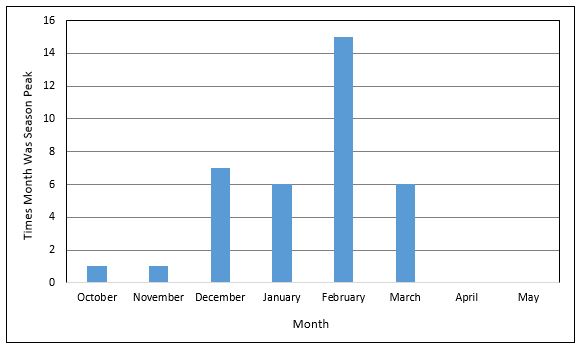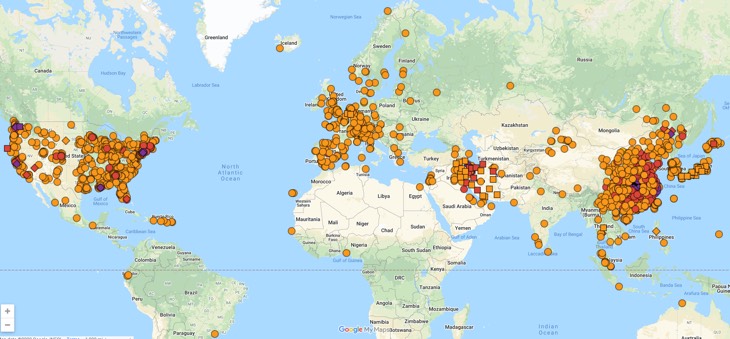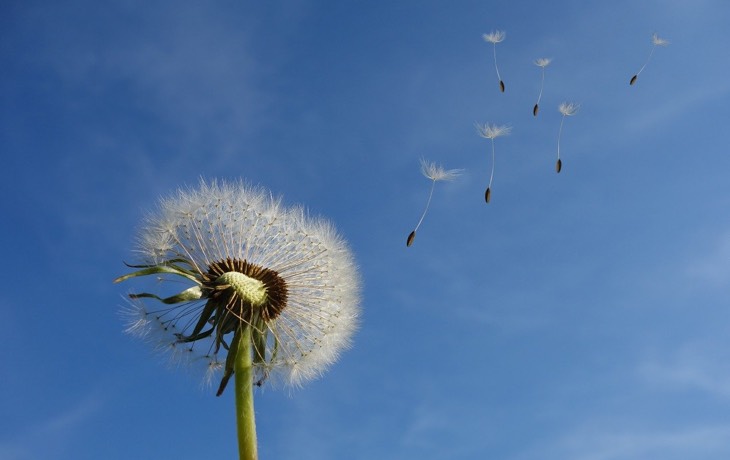About the author: Ari Allyn-Feuer has a PhD in bioinformatics and is a principal data scientist at a major pharmaceutical company. He develops lifesaving drugs for a living.
There’s been some discussion in scientific circles, and a lot of wishful thinking by a certain President of the United States, about the effect warmer temperatures may have on the coronavirus.
Punchline: The heat may give us a much-needed window to better fight the virus, but the idea that “the summer will end it” is very unlikely.
Common cold coronaviruses and flus (both seasonal and pandemic varieties of influenza) follow a seasonal pattern, where they hit in force in the winter and then tend to taper off somewhat in the summer.

Sometimes an outbreak of a brand new disease follows this same pattern, so that an epidemic that wanes in the spring can be largely eradicated over the summer. In some cases, the disease returns in the winter, either in a weaker or stronger form. The first pattern was observed with SARS, which waned in the summer of 2003, returned with fewer cases the next winter, and then was eradicated. The second was observed in the 1918 flu pandemic, which largely waned in the summer of 1918 and then returned even worse in the winter.
The extent to which SARS-CoV-2 is affected by this pattern is unclear. There’s been some scientific literature on the subject, but since no actual seasonal cycle has been observed, it’s difficult to know.
Some warm locales have seen slower spread of COVID-19 than colder ones, but they have still seen spread. And in general, we have still seen significant spread of COVID-19 in dozens of tropical countries, like Brazil and Panama, Algeria, India, Bahrain and Qatar, and Singapore and Malaysia, all of which have seen hundreds of cases already.
Rio de Janeiro, for example, has 90 degree weather and the virus is still spreading.

One complicating factor is that the northern hemisphere’s summer is the southern hemisphere’s winter. SARS only hit countries in the northern hemisphere, while COVID-19 is already Level 2 in Chile, Argentina, South Africa and New Zealand, and may already be at Level 3 in Australia. Even if there is a large temperature effect, the southern hemisphere can function as a disease reservoir over the northern winter, in addition to ongoing lower-level spread within the tropics and the north itself.
So while seasonality may be a factor that partially plays into where and when the pandemic is worst, and it may even offer the northern hemisphere a break in the coming months, it will almost certainly not be a magic bullet that ends the pandemic entirely.
However, it is possible that if the temperature effect turns out to be truly significant, then it will provide critical months of respite which the northern hemisphere can use to prepare itself. If, that is, such opportunities are not wasted the way February was wasted by the United States.


You are reporting the comment """ by on